Staring at a mountain of bills can make anyone wish for a financial lifeline. Did you know that lines of credit could be that very rescue rope, with some tailored just for your needs? This guide cuts through the finance jargon to give you the clear steps on securing that line of credit—whether it’s bolted down by collateral or not.
Dive in, and let’s untangle these options together!
Key Takeaways
- Lines of credit can be either secured or unsecured. Secured means you offer something like your house as a promise to pay back the money, which usually gets you lower interest rates. Unsecured doesn’t need collateral but might have higher costs.
- It’s important to check your credit score and understand your budget before getting a personal line of credit. This helps in choosing the right option and ensures you can pay back what you borrow without trouble.
- Credit cards and home equity lines of credit (HELOCs) are alternatives to personal lines of credit. They work differently but can also provide quick access to money when needed.
- Payday loans and pawn loans offer fast cash but come with high risks like big fees or losing your valuables if you can’t repay them on time.
- Always borrow responsibly by only taking what you need and having a plan for paying it back so that debt doesn’t get out of control.
Understanding Personal Loans and Lines of Credit
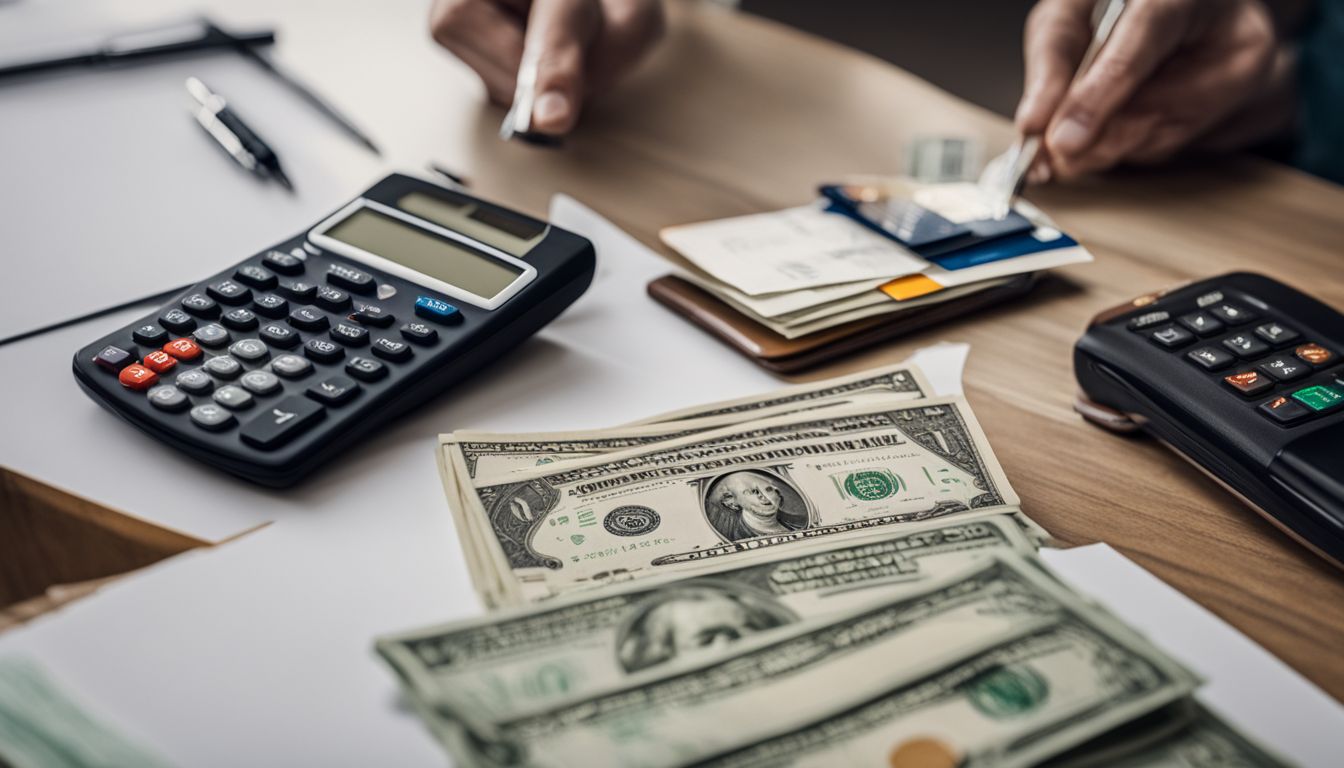
Diving into the world of borrowing, it’s crucial to distinguish between personal loans and lines of credit — each serves a unique financial purpose. As you explore these options, understanding their benefits and various forms will equip you for making savvy fiscal decisions that align with your goals.
Personal loan vs. personal line of credit
Deciding between a personal loan and a personal line of credit is a critical financial decision. Understanding the nuances between the two can help you make the right choice for your borrowing needs. Let’s break it down:
| Personal Loan | Personal Line of Credit |
|---|---|
| Lump-sum amount disbursed at once | Credit limit to borrow from as needed |
| Fixed interest rates are common | Often has variable interest rates |
| Repayment period is usually fixed | Flexible repayment, only pay for what you use |
| Good for one-time expenses | Ideal for ongoing or unexpected costs |
| May have lower rates for qualified borrowers | Can be more expensive if poorly managed |
Both options serve distinct purposes and come with their unique set of benefits. Choose wisely based on your financial situation and goals.
Benefits of each option
A personal loan gives you a lump sum of money right away. This is great if you know exactly how much cash you need for things like fixing your car or paying off other debts. You pay back the loan in fixed monthly payments, which makes budgeting easier.
Plus, with a set interest rate—often called an annual percentage rate (APR)—you’ll know what to expect every month.
Lines of credit work differently and can be handy too. They let you borrow only what you need at any time up to a certain limit—like having extra cash on standby. This means if unexpected expenses pop up or you have ongoing projects, like home improvements, you’re set to handle it.
The beauty here is flexibility; take out just as much as necessary and usually pay interest only on that amount—not the whole credit line.
With a secured line of credit, such as a Home Equity Line of Credit (HELOC), your house acts as collateral. This usually gets you lower interest rates because the lender has something valuable to hold onto just in case things go wrong and payments stop coming in.
It’s risky though—if payment troubles hit, saying goodbye to your home could happen.
Unsecured lines don’t put personal property at risk but might come with higher APRs since lenders have no backup if money isn’t paid back. For folks who don’t own homes or want to avoid putting their assets on the line, this type offers peace of mind despite potential higher costs.
Remember always read terms carefully—things like transaction fees and draw periods matter!
Different types of lines of credit
There are two main kinds of lines of credit: secured and unsecured. A secured line of credit means you promise something valuable, like your house or car, to the lender in case you can’t pay back the money.
This kind often has a lower interest rate because it’s less risky for the lender. Unsecured lines don’t need any collateral, but they usually have higher interest rates since there’s more risk for the lender.
Different lenders offer various personal lines of credit with their own rules. Some might be tied to your checking account and give you overdraft protection. Others could be used for big projects like home improvements or important life events.
The interest rates can change over time – that’s called a variable rate. It’s smart to look at all options before choosing one that fits your needs best!
How to Get a Personal Line of Credit
Securing a personal line of credit might feel like navigating a financial labyrinth, but with the right guidance, it’s more like following a roadmap to your fiscal goals. It begins with understanding your own financial standing and extends through finding the right lender who appreciates your creditworthiness; each step is about moving closer to that sweet spot of flexible purchasing power.
Checking your credit score
Before you apply for a personal line of credit, it’s smart to check your credit score. This number is like a report card for how well you handle money. Lenders look at it to see if you’re good at paying back what you borrow.
You can find your score online through different websites or sometimes even on your mobile banking app.
It’s important not just to know the number but also why it is what it is. A credit report gives more details, like if you pay bills on time or if you’ve got a lot of debt. If there are mistakes on this report, getting them fixed can help improve your score.
A higher score means better chances of getting approved and could get you lower interest rates too! Keep track of this magic number – it opens doors in the world of borrowing money, from credit cards to auto loans and beyond.
Evaluating your budget
Take a good look at your money. How much do you have coming in and going out each month? This is key for getting a personal line of credit. You want to make sure you can pay back what you borrow.
Write down all the cash that comes in from jobs or other places every month. Then, list out what you spend on things like food, rent, and fun.
Money management gets real when you think about adding debt to your budget. Ask yourself how a new loan payment would fit into your current expenses. Be honest about what you can really afford to pay back each month.
Also, check if there are ways to cut costs so borrowing won’t break the bank.
Next up – plan for surprises! Life can throw curveballs that cost money like car fixes or doctor visits. Make sure some cash in your budget is set aside for these ‘just-in-case’ moments before jumping into more debt with a personal line of credit.
Researching lenders
Before you pick where to get your line of credit, look around. Check out different banks and online lenders. Look for good interest rates and terms that fit your needs. It’s like shopping for shoes—you want the best fit and comfort for walking through your financial journey.
Lenders have different rules about who can borrow money. They’ll look at your credit score, job history, and how much debt you already have. Some might offer special deals or lower rates if you have an account with them or if you sign up for automatic payments from your checking account.
Make sure to read all the details so there are no surprises later on!
Applying for a line of credit
Applying for a line of credit is like asking for a flexible friend in your finances. First, you need to check how good your credit score is – it’s sort of like a report card for your money history.
Lenders look at this to decide if they think you can pay back what you borrow. Next, take a hard look at your budget and figure out how much money you can afford to borrow without getting in over your head.
Now it’s time to shop around. Look into different places that offer lines of credit such as banks, online lenders or credit unions. Find someone who’ll give you the best deal – think low-interest rates and no hidden fees! And when filling out that application, be honest about your income and debts; they’re going to check anyway! Once approved, remember borrowing responsibly is key—don’t take more than you need, because it’s real easy to get caught up in the moment and bite off more than you can chew with all that available cash.
Borrowing responsibly
Borrowing money needs careful thinking. Just because you can get a personal line of credit, it doesn’t mean you should use it all at once. Think of it like a tool in your toolbox – only take it out when you really need to fix something.
It’s smart to borrow just enough for things like home improvement projects or debt consolidation.
Having a plan is key. Before you take money from your line of credit, know how you’ll pay it back. Look at your budget and make sure the payments fit comfortably into what you can afford each month.
This helps keep debt from growing too big and stops stress about money.
It’s also good to remember that borrowing costs more than just the amount you take out; interest adds up over time, making everything more expensive in the end. To avoid extra fees, try not to miss payments or go over your limit.
Be smart with your choices now so future-you will be happy and not stuck with a pile of unwanted debt!
The Pros and Cons of a Personal Line of Credit
A personal line of credit heralds itself as a beacon of flexibility in the universe of borrowing options, allowing you to tap into funds as needed. However, this convenience comes with its own set of caveats – it can be all too easy for the unwary to slip down the rabbit hole into a Wonderland filled with compounding debt.
Advantages of flexible borrowing
Flexible borrowing means you can take out money when you need it and pay it back on your own timeline. It’s like having a safety net for your wallet. You don’t have to borrow the full amount all at once, which keeps costs down because you only pay interest on what you use, not the entire credit line.
With this kind of loan, managing unexpected expenses becomes much easier. Say your car breaks down or a pipe bursts at home – instead of stressing about where to find the cash, you can tap into your line of credit.
And if things go well and you find yourself with extra money, you can pay off what you owe faster without penalty. This flexibility gives people peace of mind and control over their finances.
Risks of accumulating debt
Getting too much debt can be risky. If you borrow more money than you can pay back, trouble waits ahead. It’s like having a heavy backpack that gets heavier every day. You might find it hard to handle everyday bills or save for future goals.
Careful with secured loans too! They usually need something valuable from you as a promise—like your car or house. If things go wrong and you can’t pay the loan, the lender could take your stuff away.
With unsecured lines of credit, while your property isn’t at direct risk, not paying them back hurts your credit score big time. This means getting new loans in the future could be really tough or cost a lot more.
Alternatives to a Personal Line of Credit
Exploring alternatives to a personal line of credit opens the door to diverse financial tools, each with unique features that cater to different borrowing needs. Whether aiming for rewards on every swipe or seeking the leverage of your home’s equity, there’s a tailor-made option awaiting your discovery.
Credit cards
Credit cards are like a handy tool for buying things now and paying later. You just swipe or dip the card when you buy something, and the bank pays for it right away. Then, every month, you pay back some of what you owe.
Many cards also let you earn rewards like cash back or points for travel.
There’s a lot to think about with credit cards. They can be great if used smartly, but they come with risks too. Stick to spending what you can afford to avoid big debt piles that are hard to clear up.
Always check your statements carefully so there are no surprises in how much you spent or need to pay back.
Also, remember there is often a charge if you take out cash from your credit card at an ATM—this is called a cash advance fee. And if you’re traveling abroad, keep an eye out for foreign transaction fees that add extra costs to buys made in other countries.
Home equity lines of credit (HELOCs)
Home equity lines of credit, or HELOCs, let you borrow money using the value of your home. Imagine it like a credit card — but this one uses your house as backup. You get a limit on how much you can borrow and only pay interest on what you use.
It’s perfect for big projects or unexpected costs.
With HELOCs, remember that they come with risks too. If you can’t pay back what you owe, the bank could take your home. So it’s really important to think hard before choosing this path and make sure you have a plan to pay the money back.
Plus, rates change over time because they’re usually tied to things like the prime rate banks offer to their best customers.
Payday and pawn loans
Payday and pawn loans are types of quick cash options. People use them when they need money right away. For a payday loan, you write a check to the lender for the amount you want plus fees.
They give you cash and then cash your check on your next payday. Pawn loans work differently. You bring something valuable to a pawn shop, like a watch or guitar. The shop gives you money based on what your item is worth.
If you repay the loan with interest, you get your item back.
These loans can be easy to get because they don’t always require a credit check or good credit history. But there’s a catch – they come with high costs and big risks if you can’t pay back on time.
Payday loans have big fees, while pawn shops can sell your stuff if you don’t repay them as promised. It’s important to think about these risks before using such services for quick cash.
Conclusion
Money matters can be tricky, but knowing about secured and unsecured lines of credit helps. These options let you borrow funds when you need them. Remember to weigh the pros and cons carefully before deciding.
And above all, use what you’ve learned here to make smart money moves! Stay in control and choose wisely – your financial future counts on it.
FAQs
1. What’s the difference between a secured and an unsecured line of credit?
A secured line of credit uses things you own, like your home, as loan collateral to protect the bank if you can’t pay back what you borrowed. An unsecured line doesn’t use your stuff as backup and might need a higher FICO score to get.
2. How does my credit report affect getting a line of credit?
Your credit report tells the banker about your past with money. It shows if you have good-credit or bad-credit habits. Banks look at this report and decide how risky it would be to lend you money.
3. Can I use my house as collateral for a business line of credit?
Yes! Home mortgages work well when securing money for business loans because they are big assets that banks know are valuable. Just remember, if things go south, your house could get foreclosed on by the bank.
4. Are there fees tied to having an overdraft from my checking account?
Overdrafts happen when spending surpasses what’s in your checkbook—yep, there can be overdraft fees! But some accounts offer reward checking which might cut these costs or even give perks!
5. Will choosing a variable-rate for my personal line of credit (PLOC) change how much I owe later?
Absolutely—it’s called “variable” because the rate can go up or down based on the Wall Street Journal prime rate—so expect changes in how much interest adds up over time.
6. If I’m starting out small, is there help for securing small business loans with low debt-to-income ratio?
For sure—the Small Business Administration often backs up small biz folks who show promise but may not have lots yet under their belt financially speaking.



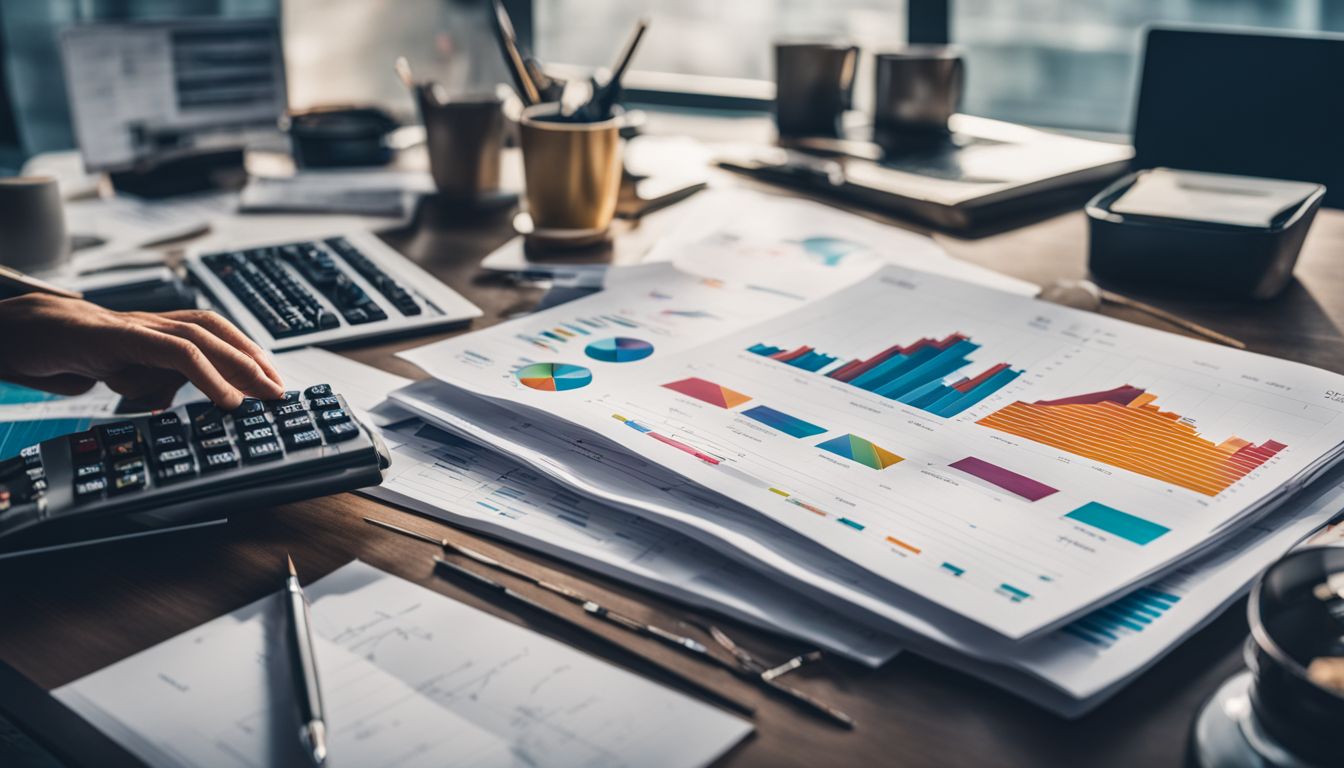



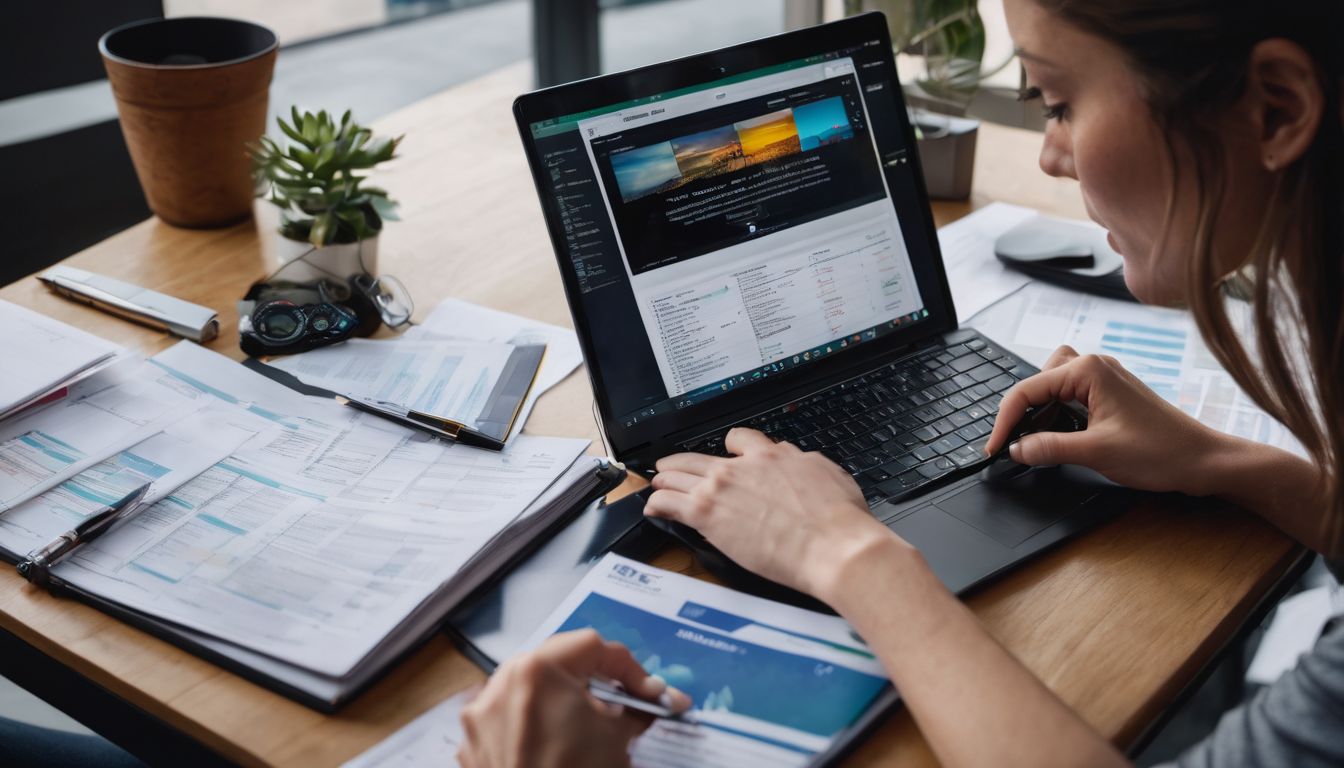


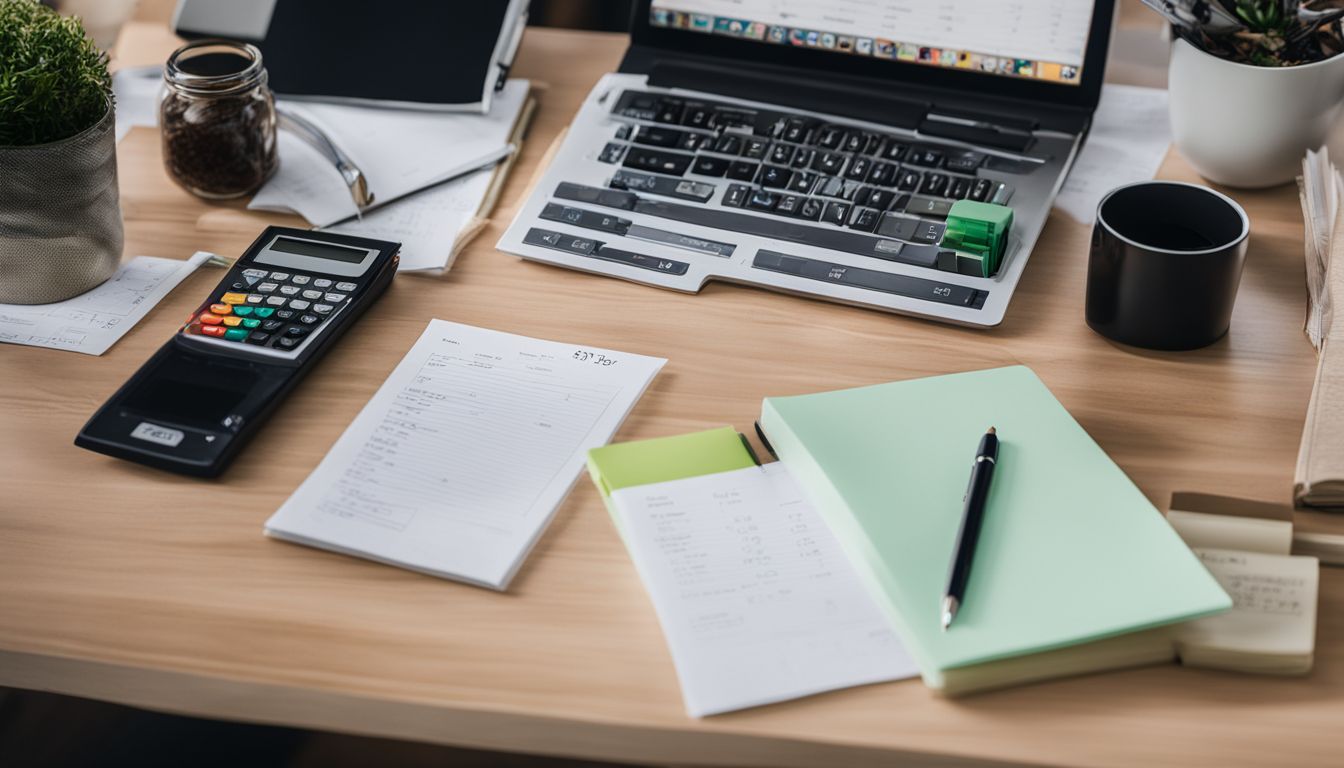

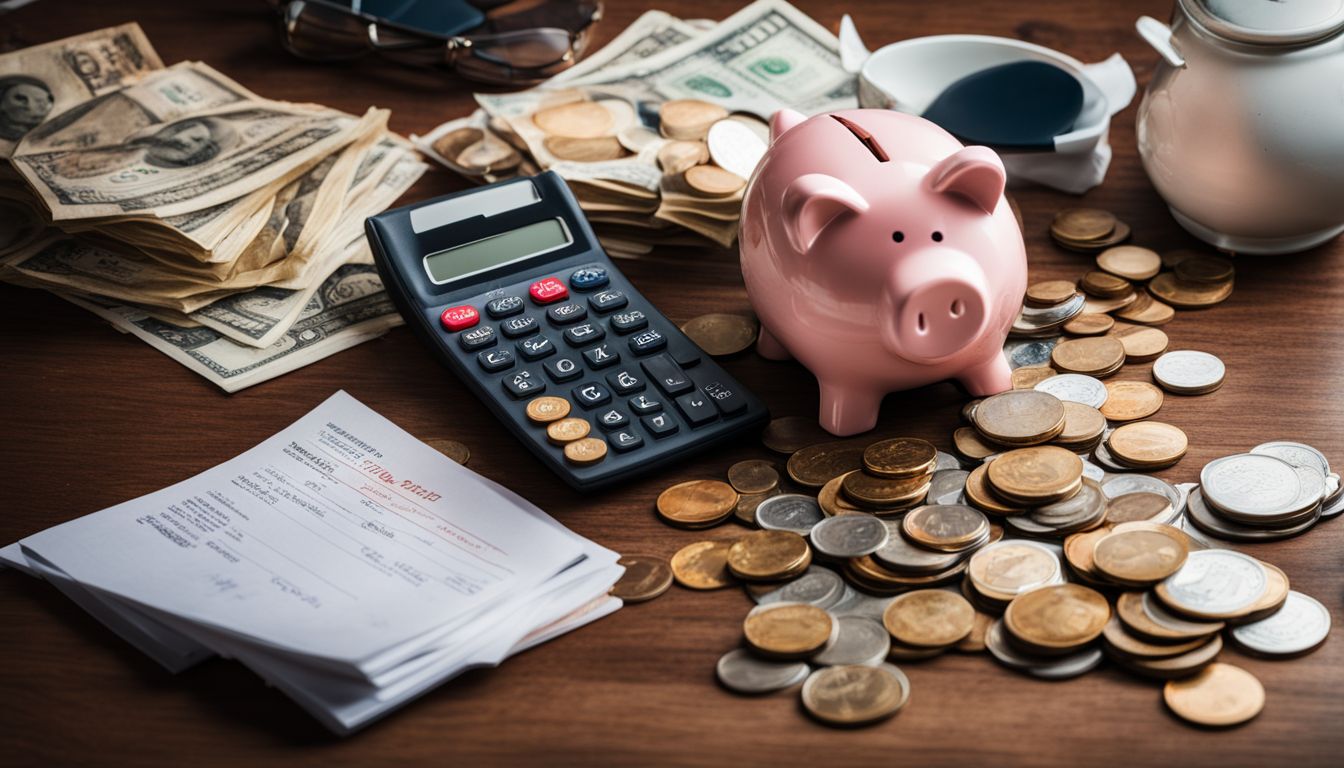

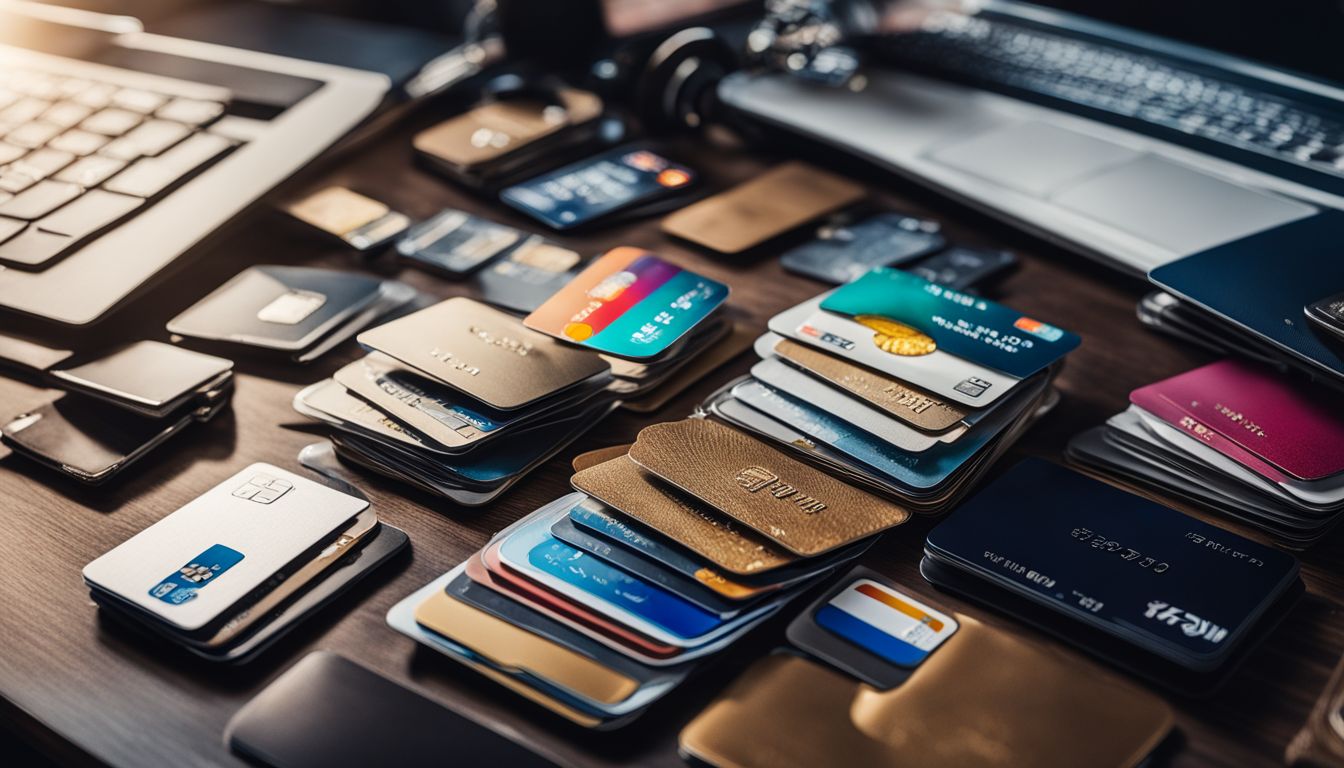
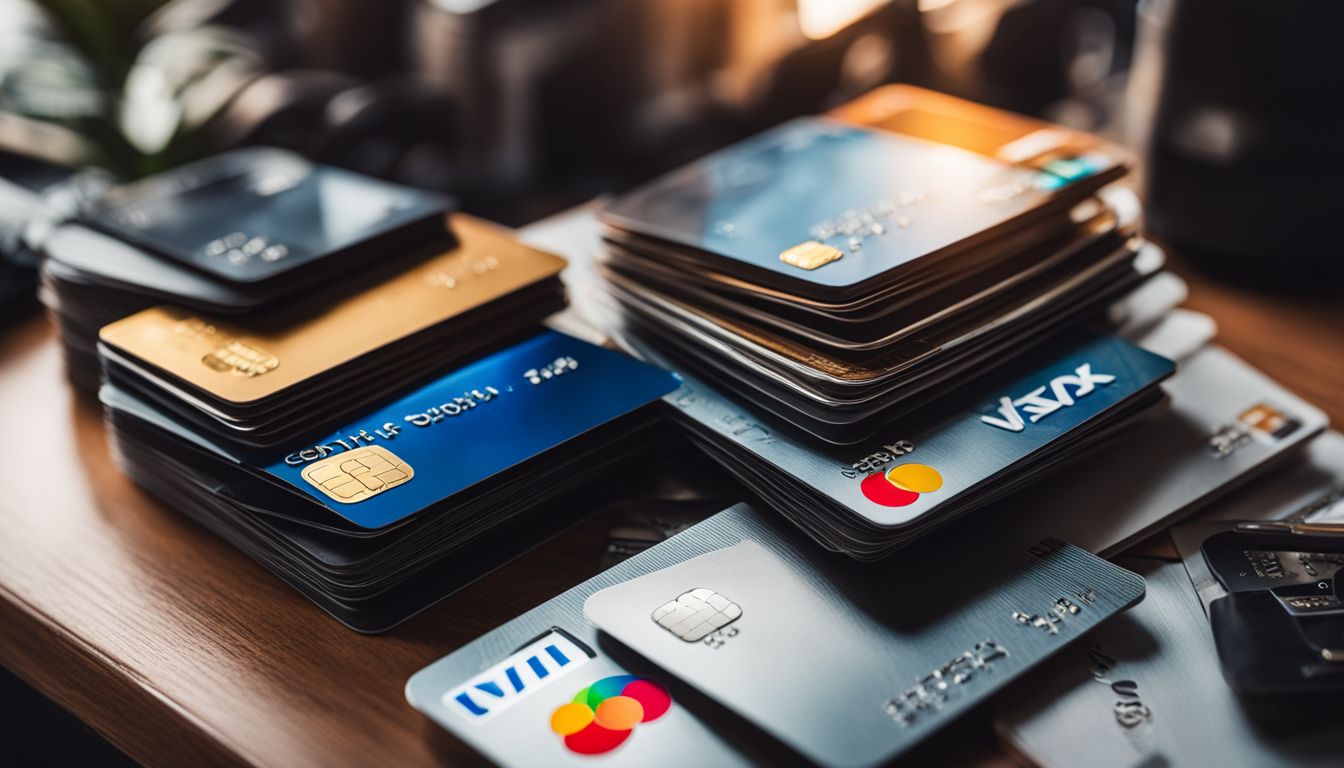
-172154492.jpg)
